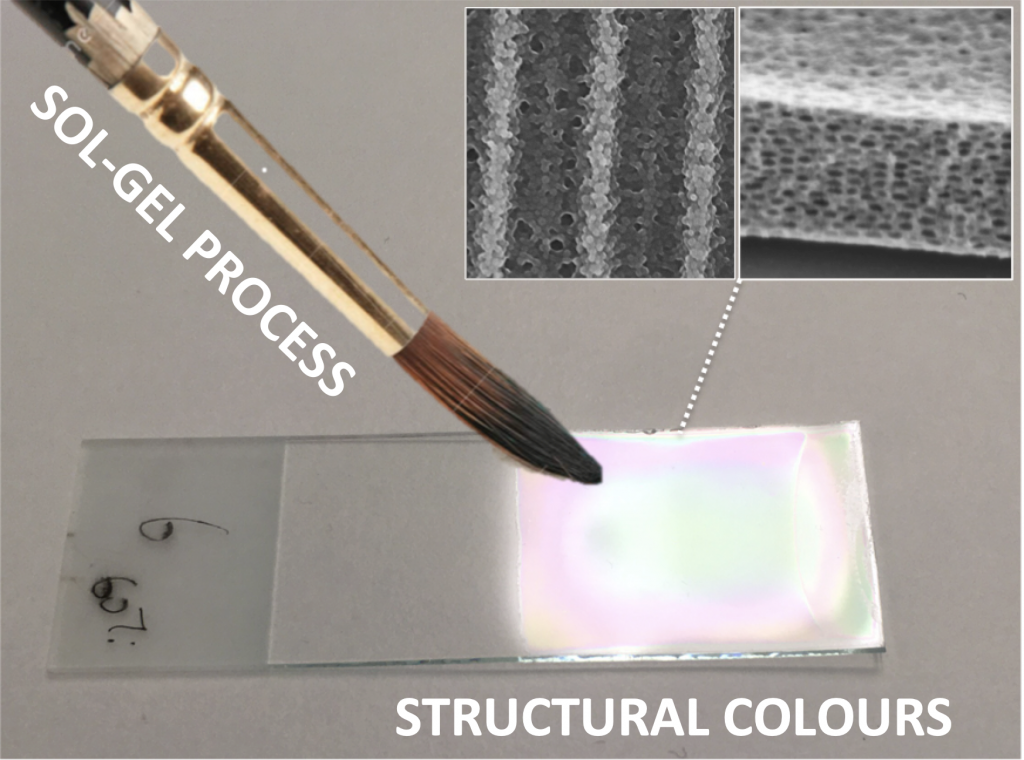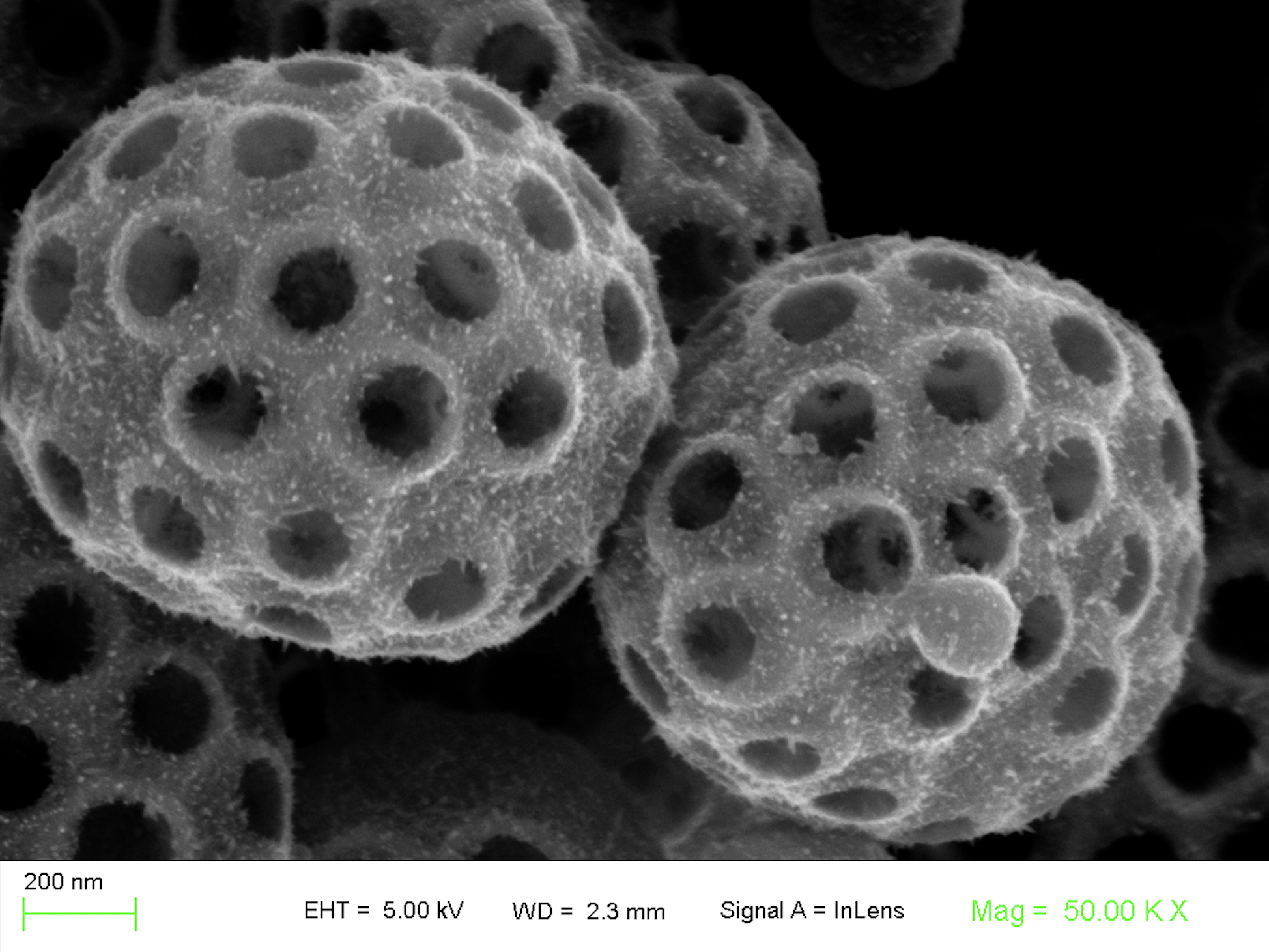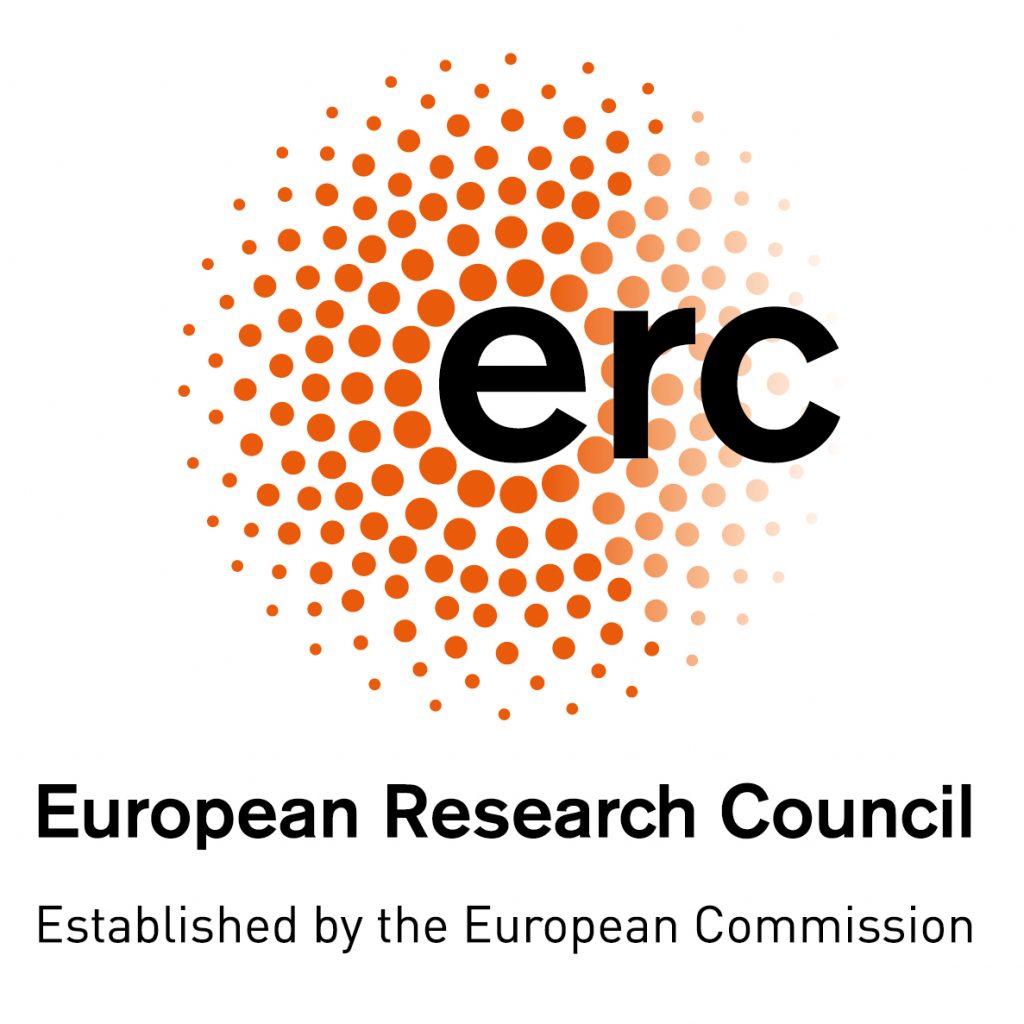
Objective : Exploring the concept of life-like autonomy applied to porous nanomaterials.
Autonomous self-adaptation, self-replication, self-maintenance, camouflage, or autonomous movement are examples of functionalities found in living systems but absent in artificial materials. Developing artificial devices with life-like functionalities has been a long-standing scientific dream in chemistry and materials science. One of the keys to autonomous behavior is the ability to integrate internal self-regulation, self-organization and program dynamic actions in time. Biological self-regulation is programmed at the molecular level and orchestrated by complex networks of chemical reactions and internal feedback loops.
Transposing the concepts of chemical self-regulation to physical, non-reactive systems would enable the design of autonomous devices that operate in air and exhibit new functionalities.
Constructing (nano)materials with this autonomous response that mimics living systems is a scientific challenge. The goal of the ERC TEMPORE project is thus to develop examples of nanomaterials and devices capable of autonomous and dynamic responses. To achieve this, we leverage adsorption/desorption in porous nanomaterials integrated into optical nanostructures (plasmonic or photonic) to achieve:
- self-regulation, homeostasis
- self-organization, phototropism
- program temporal events (oscillations, self-decay…)
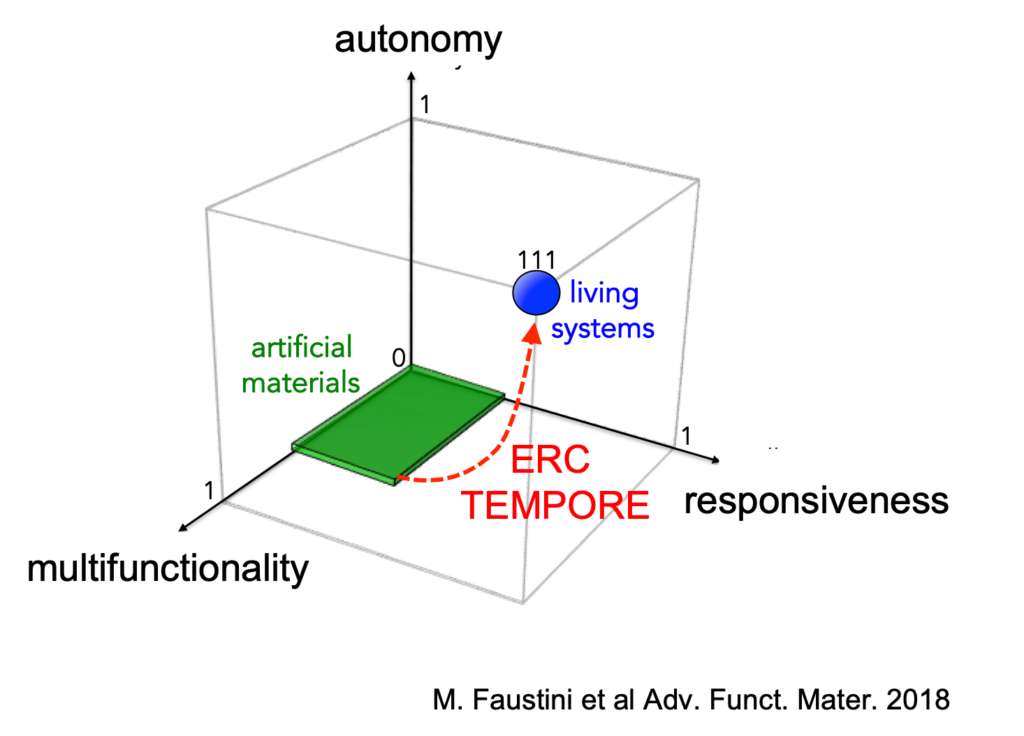
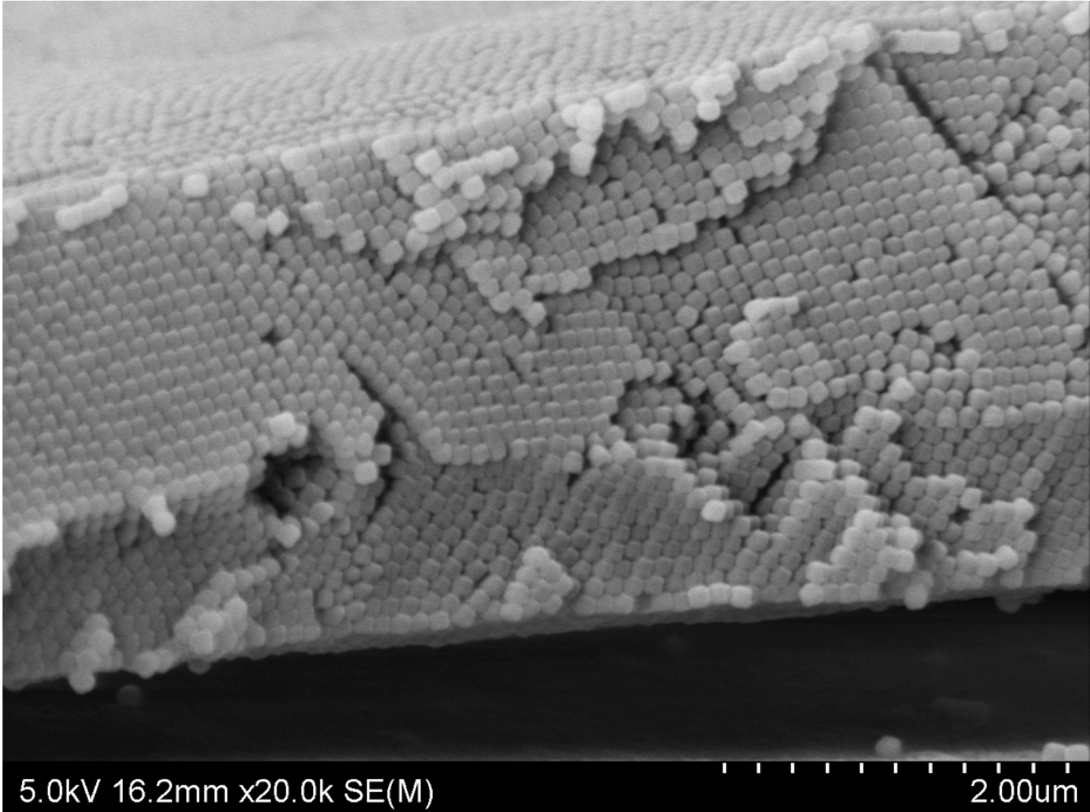
Selected highlights
Self-regulating and Self-oscillating Metal-Organic Framework Hybrid Plasmonic Metasurfaces
Hajar Amyar, Davide Raffaele Ceratti, Henri Benisty, Andrea Cattoni, Mondher Besbes, Marco Faustini
Nature Communications, 2025 (in press) https://doi.org/10.21203/rs.3.rs-5580985/v1
Metal-Organic Frameworks (MOFs) offer remarkable chemical versatility, structural diversity, and unique responsiveness. Among these, stimuli-responsive MOFs are notable for their ability to change states and properties in response to external stimuli. However, they rely on external inputs to trigger these changes. In contrast, living systems possess the ability to internally self-regulate and autonomously adapt their properties without external intervention, utilizing internal feedback mechanisms. In this study, we develop a MOF-based device that exhibits autonomous optical self-regulation, dynamically adjusting light absorption in response to varying incident light intensity. Remarkably, the self-regulation process is dynamic, leading each MOF/antenna unit to exhibit self-oscillatory behavior in the presence of a constant external energy input, analogous to a light-fuelled nanoscale steam engine.
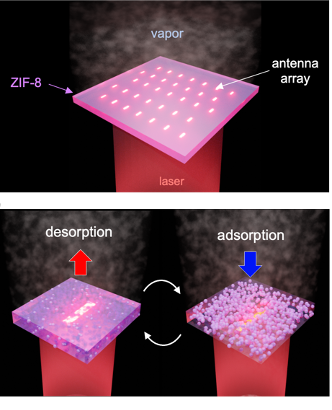
Programming Crack Patterns with Light in Colloidal Plasmonic Films
Fanny Thorimbert, Mateusz Odziomek, Denis Chateau, Stéphane Parola, Marco Faustini
Nature Communications, 2024, doi.org/10.1038/s41467-024-45365-1
Drawing inspiration from negative phototropism in plants, we demonstrate the capability to organize, guide, replicate, or arrest crack propagation in colloidal films through remote light manipulation. The key consists in using plasmonic photothermal absorbers to generate “virtual” defects enabling controlled deviation of cracks. We engineered a dip-coating process coupled with selective light irradiation enabling simultaneous deposition and light-directed crack patterning. This approach represents a rare example of a robust self-assembly process with long-range order that can be programmed in both space and time.
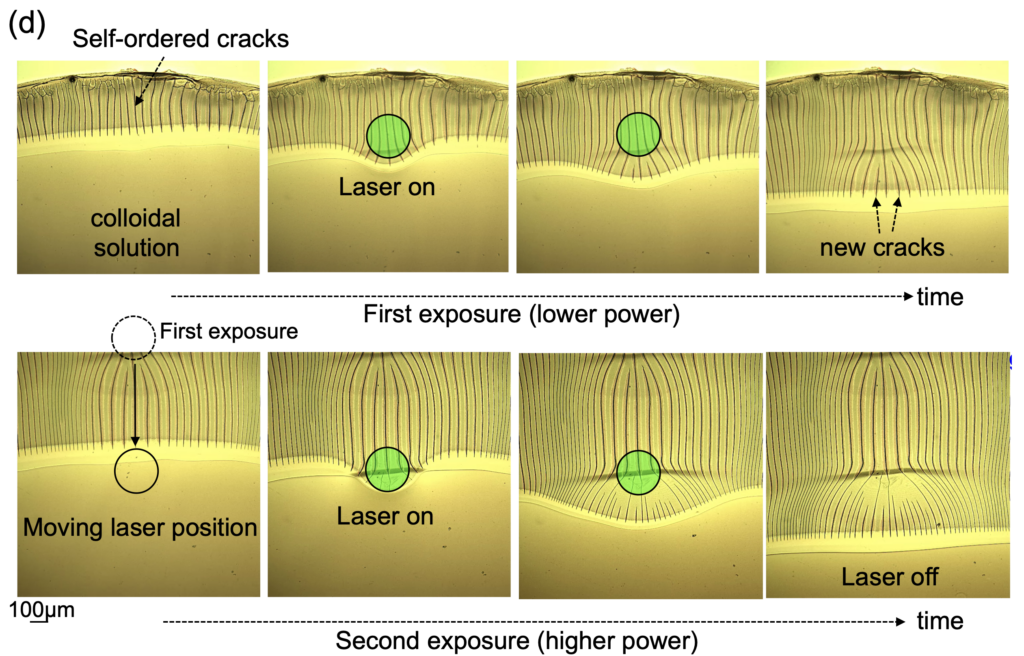
A Homeostatic Photonic Device integrating Vapor-Regulated Thermo-Optical Feedback Mechanisms
Caroline Byun, Davide R. Ceratti, Clémence Mimoso, Cédric Boissière, Marco Faustini
Advanced Functional Materials 2025 adfm.202424453
Self-adaptation and homeostasis are features that distinguish living systems from artificial materials. Living systems, such as plants or the human eye, integrate positive and negative feedback mechanisms to autonomously manage their thermal, optical and chemical responses to changing sun-light conditions. However, replicating such sophisticated behavior in artificial devices, presents a significant challenge.
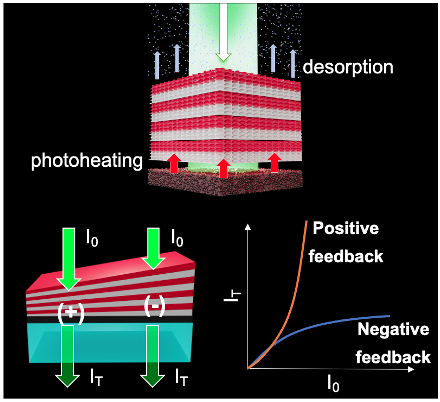
Herein, we propose an inorganic homeostatic device that integrates both positive and negative feedback mechanisms for adaptive regulation of optical properties, water chemical potential and local temperature driven by a dynamic change of photonic colors. This device consists of a mesoporous graded 1D photonic crystal, acting as a temperature-responsive shield, coupled with a photothermal layer. The architecture of the device is designed to harness the temperature-driven vapor sorption into mesoporous to create the feedbacks.
Self-Regulating VO2 Photonic Pigments
Maria Letizia De Marco, Olivier Smith, Fanny Thorimbert, Cédric Boissière, Lionel Nicole, Jean-Marc Krafft, Clement Sanchez, Marco Faustini
Chemistry of Materials 2023, doi.org/10.1021/acs.chemmater.3c01436
Nanostructured photonic pigments exhibiting structural colors hold promises to replace conventional pigments for several applications. One emerging challenge in the field consists in integrating additional functionalities to the pigments beyond colors. For instance, integrating phase changing materials, such as VO2, would enable the emergence of a new generation of photonic pigments that regulate autonomously the flow of light in the infrared range while conserving their color in the visible range.

Herein, we demonstrate the fabrication of self-regulating photonic pigments made of VO2 micrometric spheres with inverse opal architectures. We developed a chemical route based on the sol–gel process and colloidal self-assembly coupled with high-throughput spray-drying. A set of in situ and ex situ microscopy and spectroscopy techniques were used to characterize the VO2 pigment behavior during phase transition in the visible and infrared range, revealing that these pigments modulate IR radiation while maintaining their structural color in the visible region. We demonstrate that these pigments can be easily integrated into paints and coating or embedded into elastomeric objects, opening interesting perspectives for applications in textile or architecture.
Metal–Organic Framework Photonic Balls: Single Object Analysis for Local Thermal Probing
Civan Avci, Maria Letizia De Marco, Caroline Byun, Jonathan Perrin, Mario Scheel, Cedric Boissiere, Marco Faustini
Advanced Materials 2021, https://doi.org/10.1002/adma.202104450
Due to their high porosity and chemical versatility, metal–organic frameworks (MOFs) exhibit physical properties appealing for photonic-based applications such as chemical sensing. Herein, the range of application of photonic MOFs is extended to local thermal and photothermal sensing by integrating them into a new architecture: MOF photonic balls.

Micrometric-sized photonic balls are made of monodispersed MOFs colloids that are self-assembled via spray-drying, a low-cost, green, and high-throughput method. The versatility of the process allows tuning the morphology and the composition of photonic balls made of several MOFs and composites with tailored optical properties. X-ray nanotomography and environmental hyperspectral microscopy enable analysis of single objects and their evolution in controlled atmosphere and temperature. Notably, in presence of vapors, the MOF photonic balls act as local, label-free temperature probes. Importantly, compared to other thermal probes, the temperature detection range of these materials can be adjusted “on-demand.” As proof of concept, the photonic balls are used to determine local temperature profiles around a concentrated laser beam. More broadly, this work is expected to stimulate new research on the physical properties of photonic MOFs providing new possibilities for device fabrication.
Nanoconfined Water Vapour as a Probe to Evaluate Plasmonic Heating
Zeinab Chehadi, Cédric Boissière, Corinne Chanéac, Marco Faustini
Nanoscale 2020, doi.org/10.1039/D0NR01678K
Engineering photothermal effects in plasmonic materials is of paramount importance for many applications, such as cancer therapy, chemical synthesis, cold catalysis and, more recently, metasurfaces. The evaluation of plasmonic heating at the nanoscale is challenging and generally requires sophisticated equipments and/or temperature-sensitive probes such as fluorescent molecules or materials. Here, we propose to use water vapor as a probe to evaluate the local heating around plasmonic nanoparticles. We demonstrate the concept for the case of a plasmonic colloidal film characterized by bi-modal nanoporosity. In particular, we exploit the thermal and light water liquid–vapor phase transitions taking place in the nanoporous medium that can be triggered by external stimuli, such as heating or irradiation, to obtain structural and optical variations in the film. The local temperature is then estimated using spectroscopic ellipsometry data acquired by a multimodal chamber. More generally, this method offers a simple and general approach to determine the local temperature that only requires a nanoporous material and water vapor, such as environmental humidity. In addition, this approach can be further generalized to other materials, vapor molecules or optical techniques.
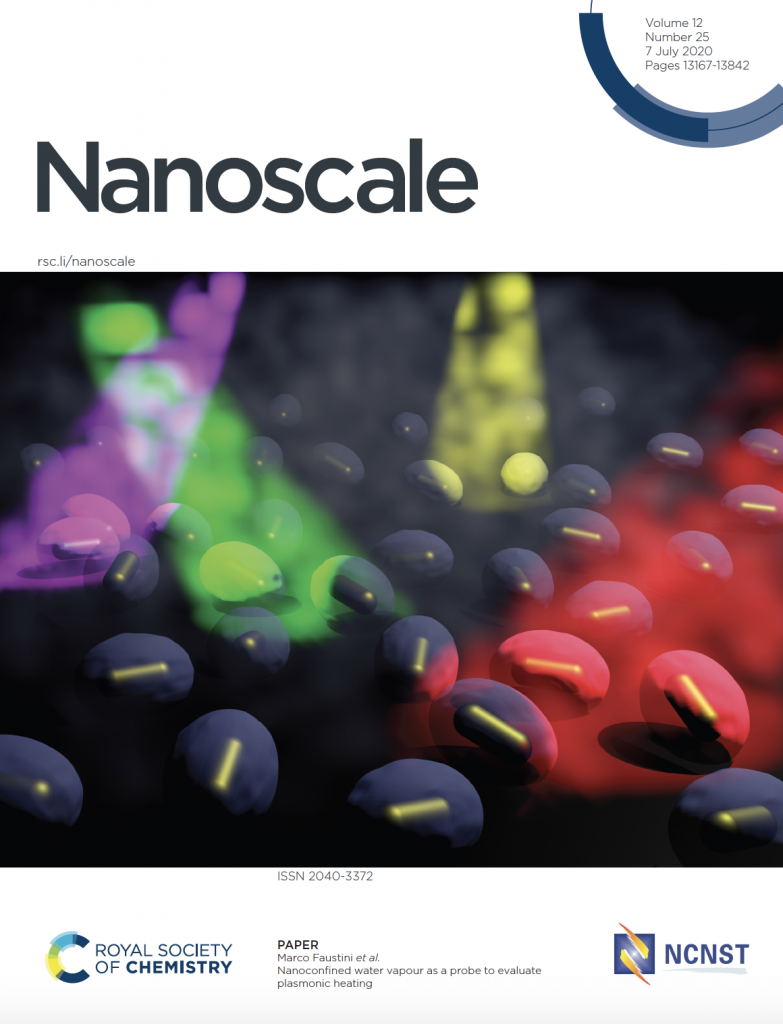
Periodic Nanoporous Inorganic Patterns Directly Made by Self‐Ordering of Cracks
Mateusz Odziomek, Fanny Thorimbert, Cedric Boissiere, Glenna L Drisko, Stephane Parola, Clément Sanchez, Marco Faustini
Advanced Materials 2022, https://doi.org/10.1002/adma.202204489
Solution-processed inorganic nanoporous films are key components for the vast spectrum of applications ranging from dew harvesting to solar cells. Shaping them into complex architectures required for advanced functionality often needs time-consuming or expensive fabrication. In this work, we reveal that self-ordering can be arise out of a random process in porous evaporating colloidal gels: crack formation is harnessed to pattern porous inorganic films in a single step and without using lithography. Aqueous inks, containing inorganic precursors and polymeric latexes enable evaporation-induced, defect-free periodic arrays of cracks with tunable dimensions over several centimeters. The ink formulation strategy is generalized to more than ten inorganic materials including simple and binary porous oxide and metallic films covering a whole spectrum of properties including insulating, photocatalytic, electrocatalytic, conductive, or electrochromic materials.

Notably, this approach enables 3D self-assembly of cracks by stacking several layers of different compositions, yielding periodic assemblies of polygonal shapes and Janus-type patterns. The crack patterned periodic arrays of nanoporous TiO2 diffract light, and are used as temperature-responsive diffraction grating sensors. More broadly, this method represents a unique example of a self-assembly process leading to long-range order (over several centimeters) in a robust and controlled way.
Thermo-temporal Physisorption in Metal–Organic Frameworks Probed by Cyclic Thermo-Ellipsometry
Hajar Amyar, Civan Avci, Cédric Boissière, Andrea Cattoni, Mondher Besbes, Marco Faustini
Chemical Communications 2024, doi.org/10.1039/D4CC01301H
Temperature-induced sorption in porous materials is a well-known process. What is more challenging is to determine how the rate at which temperature is varied affects these processes. To address this question, we introduce a methodology called “cyclic ellipsometry” to explore the thermo-kinetics of vapor physisorption in metal–organic framework films.
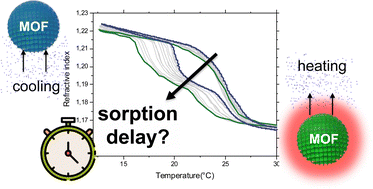
Self-Assembling Cracks to Fabricate Antireflective Antifogging Metasurfaces
Fanny Thorimbert, Maria Cristina Rivadeneira, Marco Faustini
Advanced Optical Materials 2025 https://doi.org/10.1002/adom.202500079
Transparent components often face key visibility issues such as reflection and fogging formation. Antireflective strategies are developed to enhance transparency and reduce reflection. More recently, active antifogging metasurfaces are introduced to harness external light for efficient fog removal via photothermal heating but they are made of optical absorbers that compromise visibility. Here, these limitations are addressed by taking advantage of a seemingly disadvantageous phenomenon, crack formation, to develop a multifunctional optical device combining plasmonic photothermal heating with an antireflective function. This process creates linear arrays of plasmonic nanoparticles, generating localized heating under illumination, while a mesoporous sol-gel hybrid silica coating provides antireflection and water repellency. The device, characterized by environmental ellipsometry and hyperspectral microscopy, effectively reduces reflections and accelerates fog removal under external light, including smartphone Light Emitting Diodes (LEDs). Its scalable, solution-based fabrication makes it suitable for applications such as windows, eyewear, and cryogenic microscopy. More broadly, this work demonstrates how structural defects can be transformed into functional advantages for optical applications.
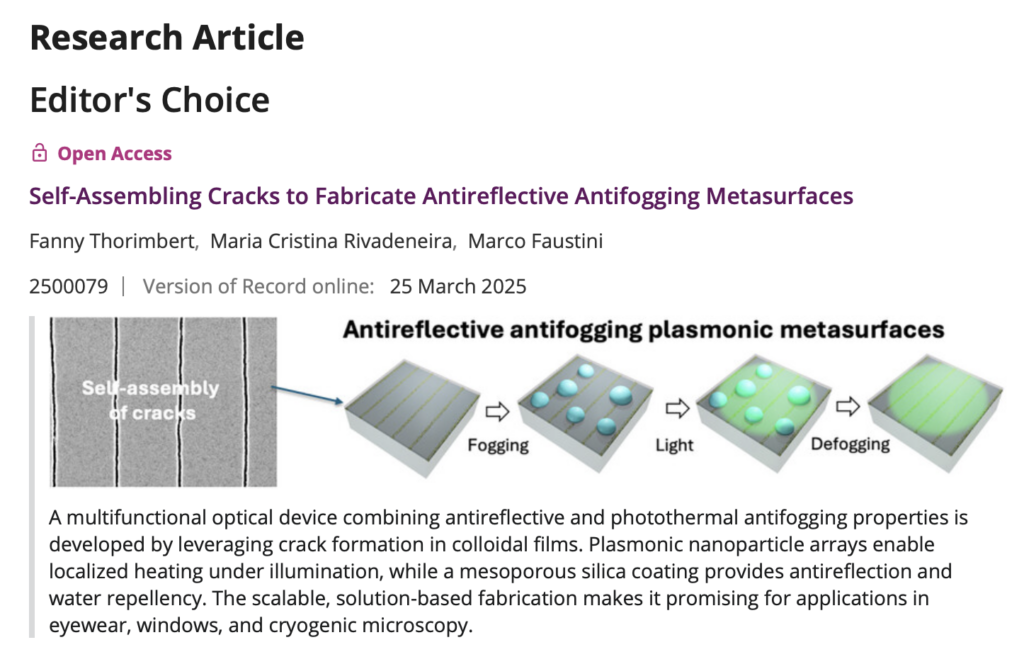
High-Entropy-Alloy Nanocrystal based Macro-and Mesoporous Materials
Maria Letizia De Marco, Walid Baaziz, Sharmin Sharna, François Devred, Claude Poleunis, Alexandre Chevillot-Biraud, Sophie Nowak, Ryma Haddad, Mateusz Odziomek, Cédric Boissière, Damien P Debecker, Ovidiu Ersen, Jennifer Peron, Marco Faustini
ACS Nano 2022 doi.org/10.1021/acsnano.2c05465
High-entropy-alloy (HEA) nanoparticles are attractive for several applications as catalysts or as optical absorbers. Great efforts are currently devoted to establish composition–property relationships to improve their properties Equally importantly, developing practical fabrication methods for shaping HEA-based materials into complex architectures is a key requirement for applications. However, shaping nano-HEAs into hierarchical structures avoiding demixing or collapse remains a great challenge.

Herein, we overcome this issue by introducing a simple soft-chemistry route to fabricate ordered macro- and mesoporous materials based on HEA nanoparticles. The process is based on spray-drying from an aqueous solution containing five different noble metal precursors and polymer latex beads. Upon annealing, the polymer plays a double role: templating and reducing agent enabling formation of HEA nanoparticle-based porous networks at only 350 °C. The formation mechanism and the stability of the macro- and mesoporous materials were investigated by a set of in situ characterization ; notably, in situ transmission electron microscopy unveiled that the porous structure is stable up to 800 °C. Importantly, this process is green, scalable, and versatile and could be potentially extended to other classes of HEA materials.
Microfabrication through Self‐Ordering of Cracks: Mechanism, Upscaling and Application for Transparent Electrodes
Fanny Thorimbert, Ambre Brachfeld, Mateusz Odziomek, Cédric Boissière, Heinz Amenitsch, Denys Naumenko, Giorgio Mattana, Niki Baccile, Marco Faustini
Advanced Materials Technologies 2024, https://doi.org/10.1002/admt.202400353
Cracks in colloidal film are a random and chaotic process. In certain cases, spontaneous order is observed, and cracks form arrays of periodic patterns. Although this phenomenon might be envisioned as a patterning method, overcoming practical challenges is necessary to transform it into a technological tool for microfabrication. This study explores various technological aspects aimed at leveraging the self-assembly of cracks as a scalable microfabrication tool for large-scale device production. Through a series of analyses, including time-resolved Grazing-Incidence Small-Angle X-Ray Scattering (GISAXS), it is offered novel insights into controlling the crack self-ordering mechanism, minimizing defects, and implementing strategies for large-scale patterning up to 100 cm2, while preserving their periodicity and ordering is achieved. As a proof of concept, the use of crack-patterned colloidal films as masks for fabricating metallic sub-micrometer objects, that serve as transparent electrodes with adjustable transparency and conductivity is showcased.

In Situ Infrared Spectroscopic Ellipsometry as a Tool to Probe the Formation of Sol–Gel based Mesoporous Films
Hajar Amyar, Caroline Byun, Mondher Besbes, Andrea Cattoni, Heinz Amenitsch, Cédric Boissiere, Marco Faustini
Journal of Sol-Gel Science and Technology, 2023 doi.org/10.1007/s10971-023-06169-9
Probing the formation of sol–gel mesoporous films and characterizing them under environmental/in-operando conditions represents an important challenge to optimize their performances. Obtaining a complete picture of the system usually requires a combination of multiple techniques. In this work, we introduce in situ infrared (IR) ellipsometry equipped with an environmental chamber as a tool to follow simultaneously the evolution of structural, optical and chemical properties during the formation of sol–gel derived mesoporous films.

Sol–gel Engineering to Tune Structural Colours
Marco Faustini
Journal of Sol-Gel Science and Technology 2020, doi.org/10.1007/s10971-020-05319-7
Engineering the sol–gel process to extend it to other classes of materials is an emerging and promising research line. These aspects are illustrated in this short review by discussing the successful case of optical materials with tunable structural colours. It will be shown that sol–gel transition from molecular or colloidal building blocks results in optical materials with great diversity in structure and composition such as oxide, hybrid, or metal–organic frameworks. Applicative examples are provided including photocatalytic, “invisible” and anti-reflective coatings, graded photonic mirrors and 2D photonic sensors.
